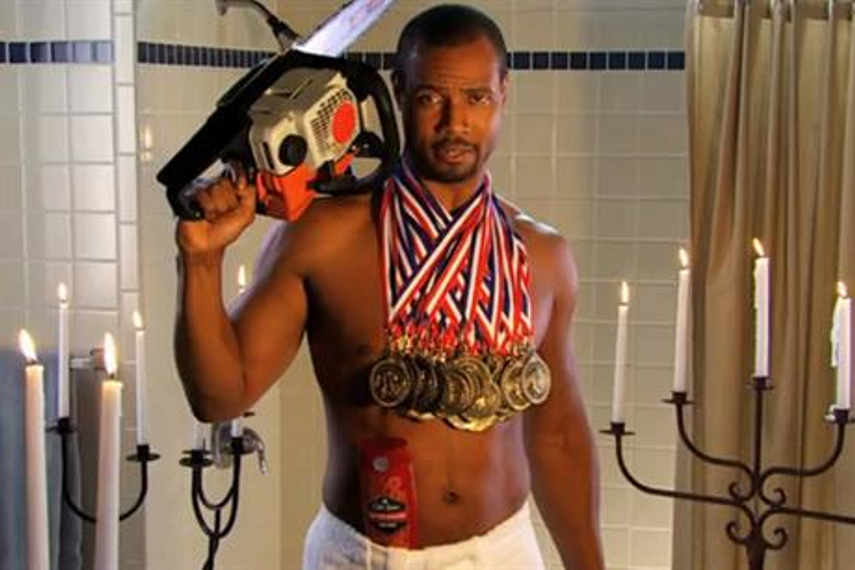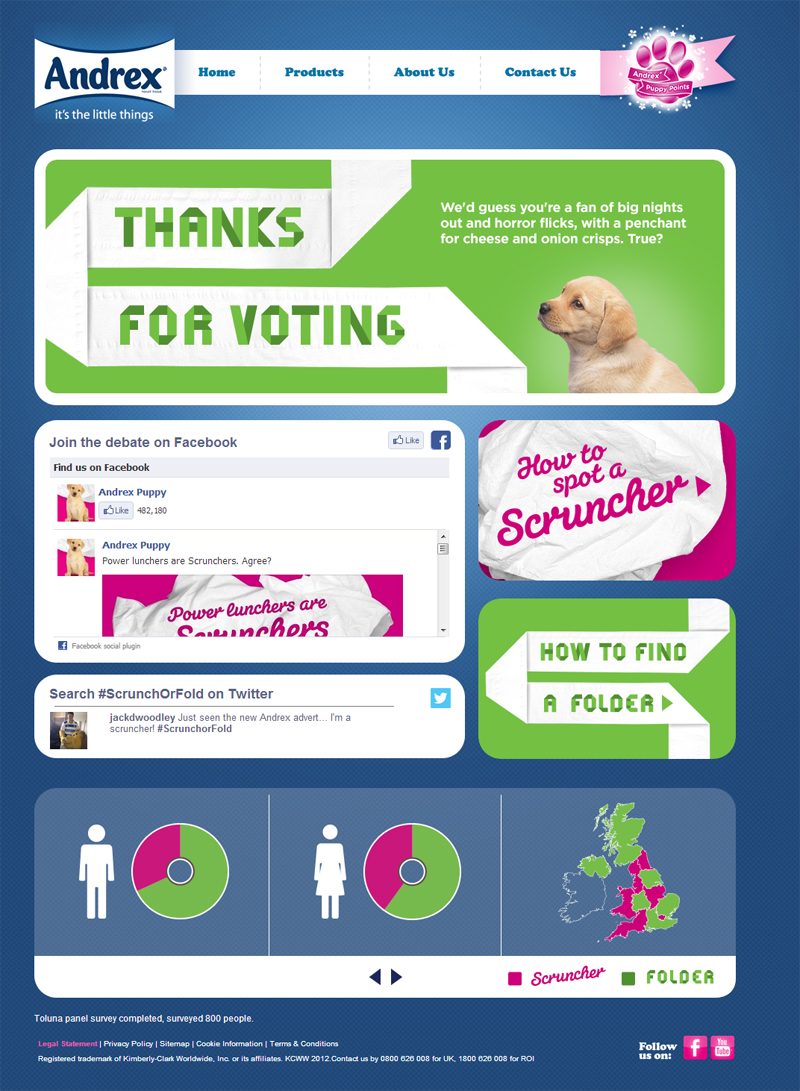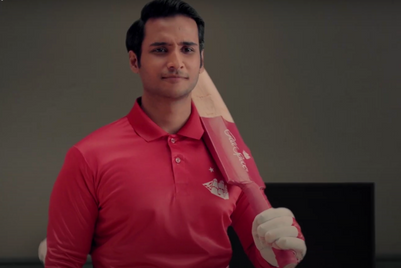
Cannes looms, and all our thoughts have turned to shortlists, entry strategies and which names are likely to be the big winners. We push the bold, brave ideas forward, confident that those game-changers are set to achieve glorious success for client and agency alike.
In parallel, creative departments around the world bemoan the Grand Prix that got away – that idea doomed to the purgatory of the bottom drawer (at least until a similar brief next floats by).
This is a familiar scenario, typified by a rather strange language we have created to define the best agencies and ideas and the clients that we consider buck the trend. We describe great ideas as "brave", and certain clients achieve semi-mythical status for their ability to help create these campaigns.
Language barrier
Similarly, a whole set of stock phrases have entered the advertising lexicon as reasons not to buy a particular idea: "I like it, but I don’t want to alienate my current customers." Which is ultimately code for: "Can I have something more boring, please?"
Unfortunately, as with many ticklish issues, we may only have ourselves to blame. We criticise our clients for being risk-averse, yet it is we who have not done a good enough job of explaining the nature of risk and return in the creative process.
Our language – "bravery" and "risk" – is misleading and counterproductive. Far from alienating a brand’s customers, the way we sell our ideas in the first place can alienate clients and ensure that many of the best ideas never see the light of day.
I believe that if we want to get more of our best ideas away, win more awards and have more of a positive impact on our clients’ businesses, we need to redefine the very notion of what taking a risk, or being brave, constitutes.
Throughout my career, I have seen a disproportionate amount of effort during the creative "buying" process put behind the avoidance of what are perceived to be negative outcomes, as exemplified by "alienation". This is partly a form of risk-aversion (where our fear of a negative out-come outweighs the benefits we associate with a positive one) and partly a fundamental misunderstanding of how advertising works. So what risk are we really trying to avoid?
Safety first
The beauty of marketing is that the potential positive benefits of a brilliant (or even above-average) solution massively outweigh any likelihood of negativity.
The beauty of bad marcoms is that, the majority of the time, the only risk is invisibility, blandness and anonymity. However, too often it is assumed in creative presentations that the spectrum of risk runs from damaging to brilliant, with bland equally positioned between the two. If this were true, then it may be reasonable to prefer the middle ground.
In reality, it doesn’t work that way. Bad campaigns simply disappear – we neither notice them nor remember them. And this is a status quo often reinforced by research. It is hardly contentious in this publication to argue that much of it is misused, but the language of the research de-brief also often serves to misrepresent risk, and hence favour the selection of work perceived to be safe.
Indeed, you can argue that we need to get things wrong from time to time in order to learn, a hypothesis brilliantly laid out by Tim Harford in Adapt: Why Success Always Starts With Failure. Andrex’s recent "scrunch or fold?" is a great example. Received wisdom is that this is a bad campaign, but is it one that should never have been made? That’s a harder statement to make.
In my opinion, this campaign is evidence of a client that understands the dynamic of risk. Andrex had a long-established property and decided that it was time to try something new with its advertising – a reasonable hypothesis. It tried something bold and different (applause).
Unfortunately, it didn’t end up with the right solution. However, has Andrex learnt more from "scrunch or fold?" than it would have done by running another puppy campaign? Definitely – not least that the nation isn’t wild about discussing how it wipes its arse. Has the brand in any way been harmed by any of this? Absolutely not.
What risk?
The truth is, consumers are extremely hard to alienate – it’s just not how people are. Have you ever watched a campaign and been alienated from a brand you’re loyal to? Just how wrong would the ad have to be? Just how misunderstood would you need to feel?
The truth is, unless it’s really offensive (in which case, we should all be fired), chances are you’ll simply ignore, or not even notice, the ad.
And here’s the rub.
The real risk is not that you’ll push people away with a so-called brave idea, but that potential customers will just be oblivious to your communications because they’re boring.
A fabulous piece of creative thinking, such as Old Spice’s "man your man could smell like", starring Isaiah Mustafa (pictured), can immediately transform a brand’s fortunes. But it does not follow that poor creative in the short term does damage to a brand. A simple 30 minutes’ viewing of ITV proves this beyond reasonable debate.
It’s easy to think of great campaigns, even easier to think of average and poor ones; very hard to think of anything capable of damaging a brand. Only poor corporate behaviour really has the power to do that.
So, we need to reframe the debate. Despite our industry’s appetite for drama and overstatement, the axis of success isn’t "glory or disaster", but "glory or the status quo".
By using the language of bravery, we overstate the level of risk involved when a brand attempts something innovative or challenging. It’s often we who put a client off an idea – not the idea itself. We need to be better at framing the issues of risk-aversion when making creative decisions, freeing ourselves and our clients to more readily shoot for success.
Rather than emphasise the avoidance of perceived risk, we can be confident in the knowledge that, in reality – I’m sorry to say – it requires little bravery at all.
Chris Hirst is the chief executive of Grey London
This article was first published on campaignlive.co.uk



.jpg&h=334&w=500&q=100&v=20250320&c=1)
.jpg&h=334&w=500&q=100&v=20250320&c=1)
.jpg&h=334&w=500&q=100&v=20250320&c=1)
.jpg&h=334&w=500&q=100&v=20250320&c=1)

.jpg&h=334&w=500&q=100&v=20250320&c=1)
.jpg&h=334&w=500&q=100&v=20250320&c=1)
.jpg&h=334&w=500&q=100&v=20250320&c=1)
.jpg&h=334&w=500&q=100&v=20250320&c=1)
.jpg&h=334&w=500&q=100&v=20250320&c=1)




.jpg&h=268&w=401&q=100&v=20250320&c=1)
.jpg&h=268&w=401&q=100&v=20250320&c=1)
.jpg&h=268&w=401&q=100&v=20250320&c=1)

